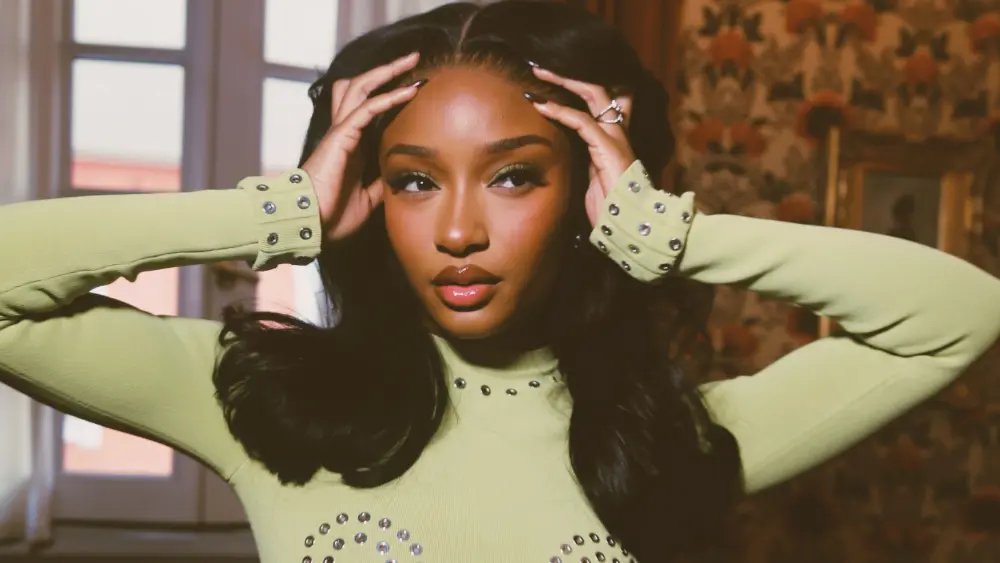Nigerian singer Ayra Starr has voiced concerns that her newly launched “Hot Body” social media trend might attract unfounded conspiracy theories, drawing parallels to past controversies involving her label mate, Rema. The 21-year-old artist, signed to Jay-Z’s Roc Nation, took to X (formerly Twitter) to address the potential backlash, writing, “I better not get any mami water allegation because of this Hot Body video,” referencing a West African folklore term often linked to accusations of supernatural influence.
Released as her first single under Roc Nation, “Hot Body” has spurred a viral dance challenge where fans showcase their confidence through choreography. While many have embraced the trend, critics, including fellow artist Jaywon, have accused Starr of promoting immodesty. Jaywon publicly questioned her fashion choices and parental guidance, sparking debates about cultural norms and artistic expression.
Starr’s apprehensions echo a pattern of conspiracy theories targeting African musicians. In late 2023, Rema, her label mate under Mavin Records, faced similar scrutiny after his London O2 Arena performance featured imagery some linked to “satanic” or Illuminati symbolism. The artist clarified via social media that the staged artifacts—a replica Benin bronze horse and a Queen Idia mask—were tributes to Nigerian heritage, not occult symbols. In a March 2025 Rolling Stone interview, Rema further dismissed claims of devil worship, stating, “These accusations overlook the pride we take in celebrating our history.”
The recurring theme highlights tensions between contemporary African artistry and traditional expectations. Starr’s “Hot Body” trend, designed to empower women through self-expression, now walks a tightrope between celebration and controversy. Roc Nation’s global platform has amplified her reach, but it also invites heightened scrutiny in an era where visual symbolism and cultural nuance are often misinterpreted online.
As the discourse unfolds, Starr’s situation underscores broader challenges faced by artists balancing creativity with societal perceptions. While skeptics critique her approach, supporters argue that the trend aligns with global movements advocating body positivity—a stance increasingly common in pop culture. Whether the conversation shifts from conspiracy theories to cultural pride, as with Rema, remains to be seen. For now, Starr’s cautious optimism reflects an industry where artistic vision must continually navigate the crossroads of tradition and modernity.
